Are you tired of spending a fortune at the car wash? Washing your car by hand at home can not only save you money, but it also allows you to give your vehicle the personal touch and care it deserves.
Do you want to save money by washing a car by hand at home? Well, It is not a bad idea. If you are Washing your car regularly not only helps to maintain its appearance but also protects the paint from damage caused by dirt and debris.
It is doing With a few simple tools and some elbow grease, you can have your car looking like new in no time.
In addition to saving money, washing your car by hand can also be a great way to get some exercise.
You may not think of it as a workout, but scrubbing and drying a car can burn calories and tone muscles.
In fact, according to the American Council on Exercise, a 150-pound person can burn up to 250 calories in an hour of washing their car.
So not only will your car be looking great, but you'll also be doing something good for your body.
In this guide, we will walk you through the steps to properly wash your car like a professional, ensuring a spotless, shiny finish every time.
What are the wash car Products and Accessories or Tools?
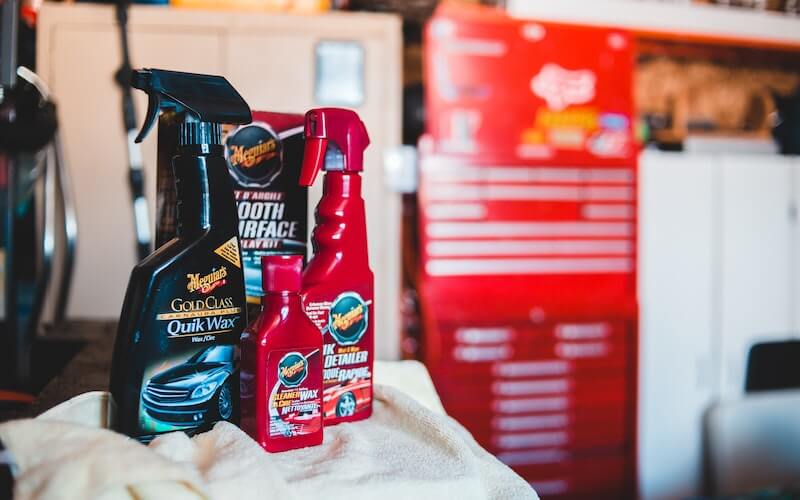
When washing a car, there are several products and accessories that are commonly used such as car soap, microfiber towels, tire cleaner, tire brush, clay bars, wax or sealant, glass cleaner, all-purpose cleaner or specialized cleaner, engine degreaser, detailer, quick detailer, tire shine, pressure washer, bucket, foam gun, chamois, and a stiff brush.
These products and accessories are specially formulated or designed to clean and protect different parts of the car, such as the paint, wheels, and tires, windows, engine bay, and interior.
Some of these items may be optional depending on the condition of the car and the level of detailing you desire.
There are several products and accessories that can be used to make the process more efficient and effective. These include:
- Car washing bucket: a bucket specifically designed for washing cars, often with a built-in grit guard to help prevent scratches.
- Grit guard: a device that sits in the bottom of the bucket, separating any dirt and debris from the wash mitt or sponge.
- Foam gun: a device that attaches to a garden hose and creates a thick foam to help loosen dirt and grime from the paint.
- Pressure washer: a powerful tool that uses high-pressure water to quickly and effectively remove dirt and grime from the exterior of the car.
- Microfiber mitt or sponge: a soft, lint-free tool that is gentle on the paint and effective at removing dirt and grime.
- Chamois or microfiber drying towel: a large, absorbent towel that is used to dry the car after washing.
- Wheel and tire brush: a stiff-bristled brush that is specifically designed for cleaning wheels and tires.
- Wheel and tire cleaner: a specialized cleaner that is formulated to remove brake dust and road grime from wheels and tires.
- Clay bar: a clay-like substance that is used to remove contaminants from the paint, such as tree sap, bird droppings, and bug stains.
- Wax or sealant: a product that is applied to the paint to protect it and give it a glossy finish.
- Glass cleaner: a product used to clean windows and mirrors, which is specially formulated to clean glass without leaving streaks.
- Detailing brush: a small, stiff-bristled brush that is used for cleaning tight spaces and hard-to-reach areas.
- Interior detailing brush: a small, soft-bristled brush that is used for cleaning the dashboard, door panels, and other plastic or vinyl surfaces.
- Vacuum cleaner: a device that is used to clean the interior of the car, including the seats, floor mats, and trunk.
- Engine degreaser: specially formulated to clean the engine bay and remove grease and grime.
It's worth mentioning that some of these items may not be necessary for every car washing, for example, if the car has been recently detailed, the clay bar may not be necessary.
Some of the products and accessories will also depend on the condition of your car, the level of dirt, and your personal preference.
What are the basic parts of a car for washing?

When washing a car, the basic parts that need to be cleaned include the exterior paint, wheels and tires, and windows.
The exterior paint is the largest surface area on the car and requires a thorough cleaning to remove dirt, grime, and other contaminants that can damage the paint over time.
The wheels and tires require a separate cleaning due to the buildup of brake dust and road grime. Windows should be cleaned to improve visibility and give the car a polished look.
Additionally, the interior of the car should be vacuumed and the dashboard, door panels, and other plastic or vinyl surfaces should be cleaned. The engine bay should also be cleaned if desired.
Here is an unordered list of the basic part of the car while washing
- Exterior paint
The exterior paint is the most visible part of the car and should be cleaned thoroughly to maintain its shine and protect it from damage. Start by rinsing the car with a hose to remove loose dirt and debris. Then, mix a bucket of water with a car-specific soap or mild detergent. Use a wash mitt or sponge to apply the soapy water to the car, starting with the roof and working your way down to the hood, doors, trunk, and fenders. Use a separate bucket of clean water to rinse the car after washing, and dry the car with a chamois or microfiber towel.
- Tires and wheels
The tires and wheels are often neglected when washing a car, but they should be cleaned thoroughly to remove brake dust and other grime. Use a tire cleaner or all-purpose cleaner to clean the tires and wheels. Be sure to scrub around the rims and lug nuts to remove brake dust and other grime. Use a stiff-bristled brush to scrub the tires, and a wheel brush or a toothbrush to clean the wheels. Rinse the tires and wheels with a hose and dry them with a microfiber towel.
- Windows
Clean windows are essential for clear visibility while driving. Use a glass cleaner to clean the windows, both inside and out. Be sure to remove any smudges or streaks to ensure a clear view. Use a microfiber towel or newspaper to dry the windows and prevent water spots.
- Mirrors
Clean mirrors also play an important role in driving, and they should be cleaned along with the windows. Use a glass cleaner to clean the mirrors, both inside and out. Use a microfiber towel or newspaper to dry the mirrors and prevent water spots.
- Interior
Cleaning the interior of the car is important for maintaining the overall appearance and hygiene of the vehicle. Use a vacuum cleaner to remove dirt and debris from the carpets, seats, and upholstery. Use an interior cleaner to remove stains, and clean the dashboard, door panels and other hard surfaces with a microfiber cloth.
- Exhaust pipe
If your car has a visible exhaust pipe, you can use a wire brush or a toothbrush to clean it. Use a metal polish to remove any discoloration or rust, and keep the exhaust pipe looking shiny.
These are the basic parts of a car that should be cleaned when washing a car, but depending on the condition of the car, you may need to pay extra attention to certain areas.
Remember to always use appropriate cleaning products and protect the car's plastic and rubber parts from being damaged by the cleaning solution.
How to Wash and Detail Your Car Like a Pro

Maintaining the appearance of your car is important for both aesthetic and functional reasons.
Regular washing and detailing can not only make your car look great but also protect the paint, prolong the life of the tires, and keep the engine running smoothly.
Now, we'll walk you through the steps of washing and detailing your car like a pro, so you can keep your vehicle in top condition.
Preparation

Before you begin, gather all the necessary supplies, such as a bucket, car soap, microfiber towels, tire cleaner, tire brush, clay bar (if needed), wax or sealant (if desired).
Make sure the car is in a shaded area and the surface is cool to the touch. Rinse off loose debris with a hose or pressure washer.
Check for any areas of the car that may require special attention, such as bug or tar stains, bird droppings, or tree sap.
Washing The Exterior
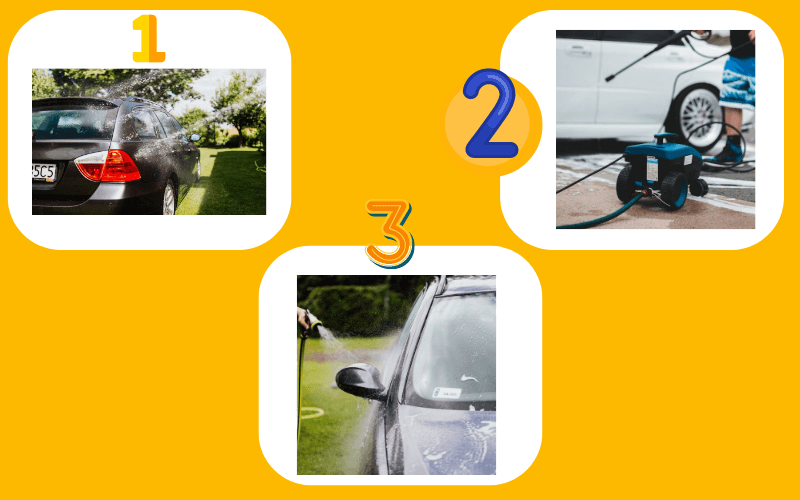
Mix car soap and water in a bucket according to the manufacturer's instructions.
Use a microfiber mitt or sponge to gently wash the car, starting from the top and working your way down.
Use a clay bar to remove any contaminants from the paint, if needed.
Rinse off the soap with a hose or pressure washer.
Use a microfiber towel or chamois to gently dry the car, making sure to dry the car thoroughly to prevent water spots.
Cleaning The Wheels And Tires
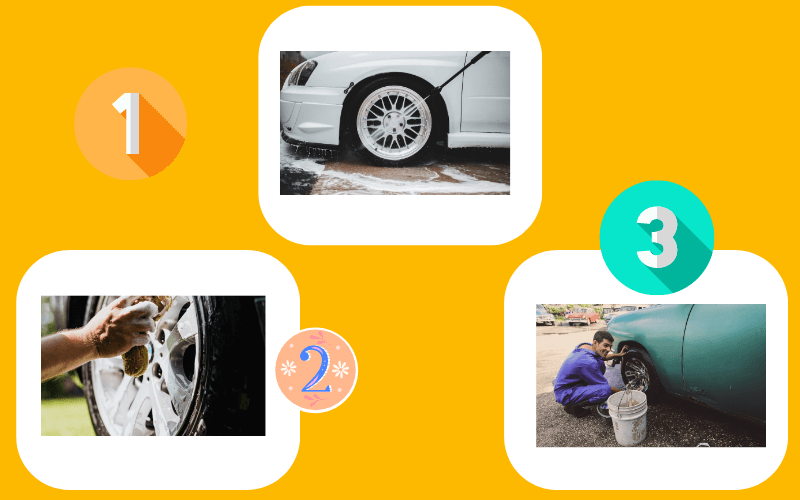
Apply tire cleaner to the tires and wheels.
Use a tire brush to scrub the tires and wheels, paying special attention to the sidewalls and the area where the tire meets the rim.
Rinse off the tire cleaner with a hose or pressure washer.
Dry the wheels and tires with a microfiber towel.
Protecting The Paint
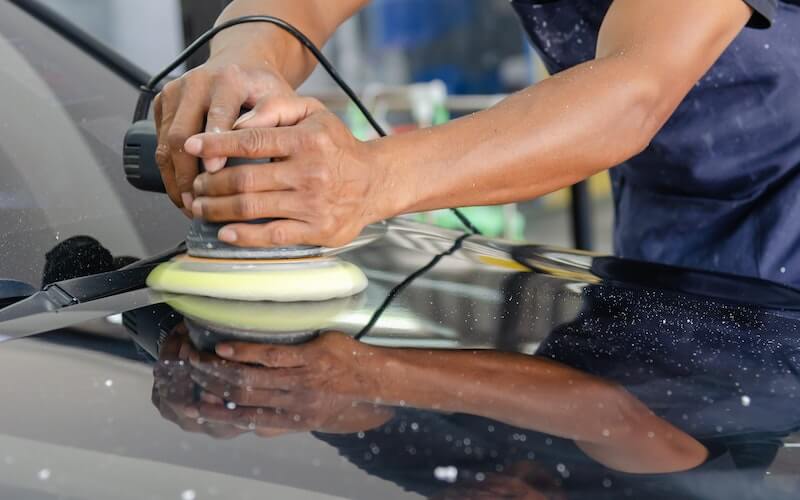
Apply a coat of wax or sealant to protect the paint and give it a glossy finish, if desired.
Detailing The Interior
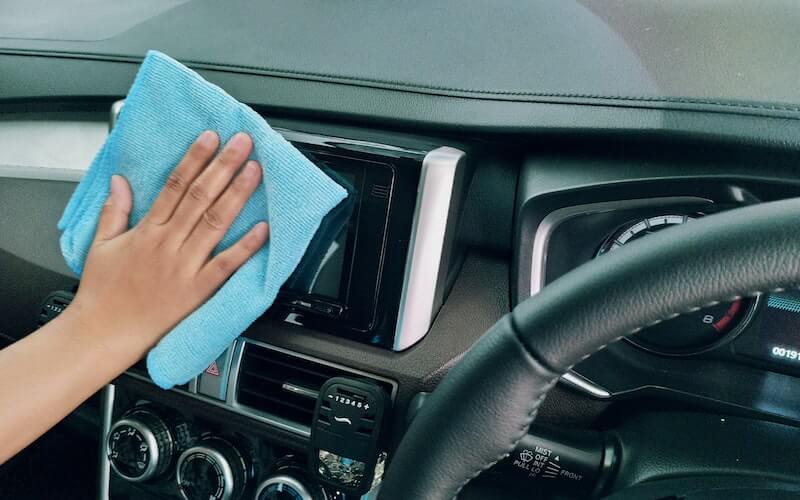
Vacuum the interior of the car, including the seats, floor mats, and trunk. Use an all-purpose cleaner or a specialized cleaner for the dashboard, door panels, and other plastic or vinyl surfaces. Clean the windows and mirrors with a glass cleaner. Condition the leather seats and dashboard if the car has leather interior.
Detailing The Engine Bay
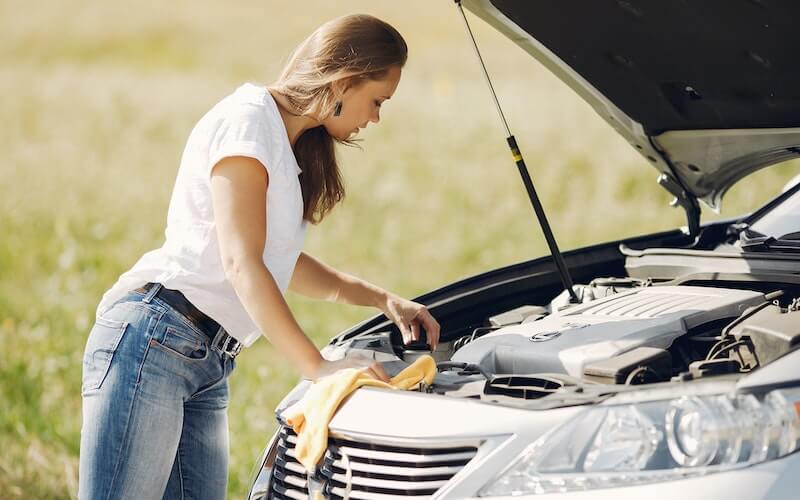
Be sure that the engine is cool before starting. Use a specialized engine degreaser to clean the engine bay.
Use a stiff brush and a detailing brush to reach tight spaces.
Use a pressure washer with low pressure to clean the engine bay.
Dry the engine bay with a microfiber towel.
Final Touches
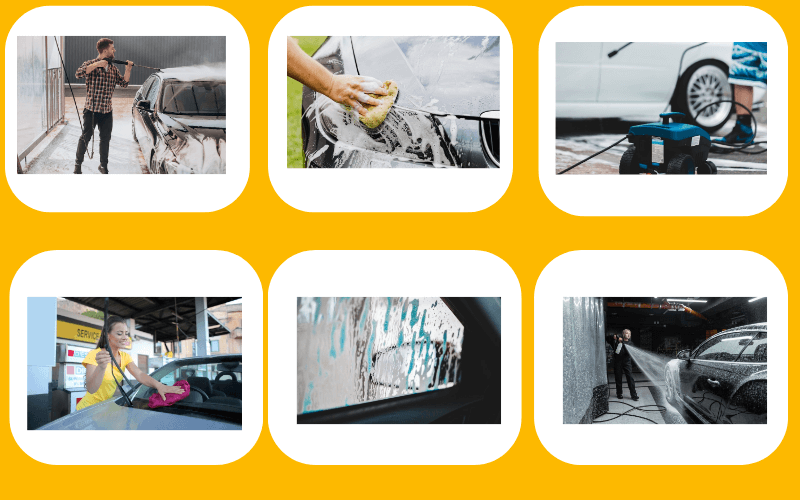
Check the tires' air pressure and inflate them if necessary. Clean the windows with a glass cleaner. Apply tire shine on the tires. Apply a spray detailer or quick detailer to give the car an extra shine. Check all the fluids levels, such as oil, coolant, transmission, and brake fluid levels.
Conclusion
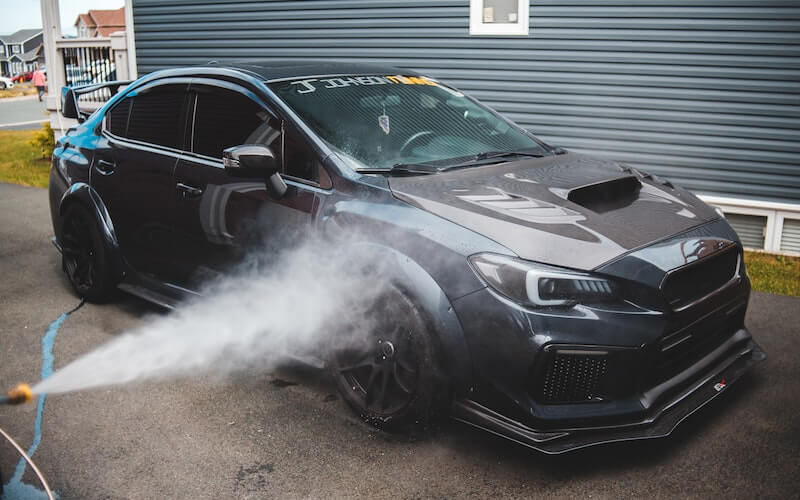
Washing and detailing your car like a pro is not just about making it look good, but also protecting it from damage and prolonging its life.
By following the steps outlined in this guide, you can ensure that your car stays in top condition.
Remember to wash and detail your car regularly, and consult your car's owner's manual for specific care instructions. With the right tools, products, and techniques, you can keep your car looking great for years to come.
It's worth mentioning that safety precautions should be taken while washing a car such as using the right.
FAQS
Can you wash a car with dish soap?
Yes, you can. In fact, dish soap is great for washing your car because it’s super-diluted and contains no harsh chemicals or abrasives. You can even use the same liquid dish soap that you use in the kitchen to wash your dishes
Can you wash a car engine?
Yes, you can wash a car engine. You can do it with your hands or in a bucket or trough, but it will require some extra care. You may want to wear goggles and gloves while you're doing this because some of the chemicals used in engine-washing fluids can be harmful if they come in contact with your skin or eyes.
Can you wash a car cover?
Yes, You can wash a car cover. We recommend washing it with mild soap and water, so it doesn't leave any residue behind.











